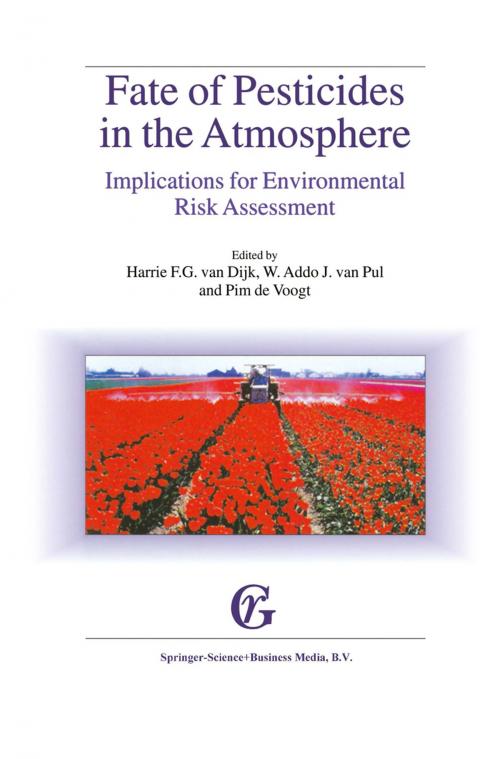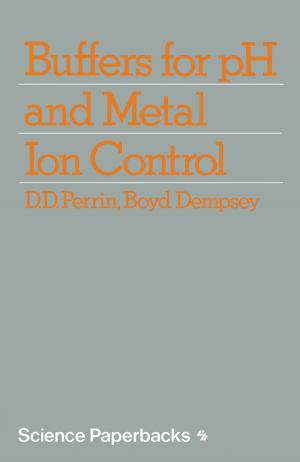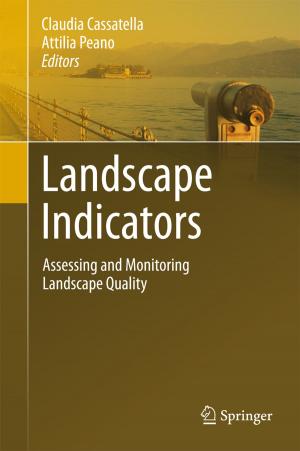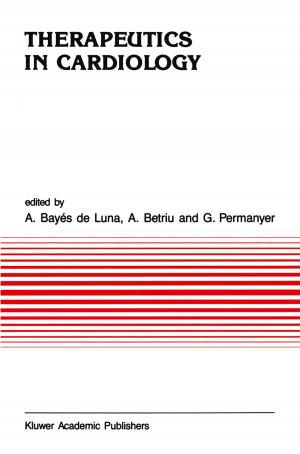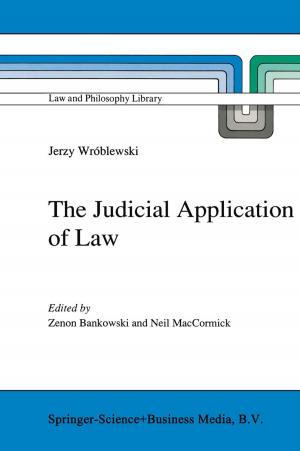Fate of Pesticides in the Atmosphere: Implications for Environmental Risk Assessment
Proceedings of a workshop organised by The Health Council of the Netherlands, held in Driebergen, The Netherlands, April 22–24, 1998
Nonfiction, Science & Nature, Technology, Environmental, Science, Biological Sciences, Environmental Science, Nature| Author: | ISBN: | 9789401715362 | |
| Publisher: | Springer Netherlands | Publication: | April 17, 2013 |
| Imprint: | Springer | Language: | English |
| Author: | |
| ISBN: | 9789401715362 |
| Publisher: | Springer Netherlands |
| Publication: | April 17, 2013 |
| Imprint: | Springer |
| Language: | English |
Global pesticide use is currently estimated at approximately 2. 5 billion kg per year (Pimentel eta/. , 1998). To be effective, pesticides need to persist for a certain period of time. However, the longer their persistence, the greater the potential for transport of a fraction of the amount applied away from the target area. Pesticides are dispersed in the environment by water currents, wind, or biota. Pesticides can directly contaminate ground and surface waters by leaching, surface run-off and drift. Pesticides can also enter the atmosphere during application by evaporation and drift of small spray droplets, that remain airborne. Following application, pesticides may volatilise from the crop or the soil. Finally, wind erosion can cause soil particles and dust loaded with pesticides to enter the atmosphere. The extent to which pesticides enter the air compartment is dependent upon many factors: the properties of the substance in question (e. g. vapour pressure), the amount used, the method of application, the formulation, the weather conditions (such as wind speed, temperature, humidity), the nature of the crop and soil characteristics. Measurements at application sites reveal that sometimes more than half of the amount applied is lost into the atmosphere within a few days (Spencer and Cliath, 1990; Taylor and Spencer; 1990; Van den Berg et a/. , this issue).
Global pesticide use is currently estimated at approximately 2. 5 billion kg per year (Pimentel eta/. , 1998). To be effective, pesticides need to persist for a certain period of time. However, the longer their persistence, the greater the potential for transport of a fraction of the amount applied away from the target area. Pesticides are dispersed in the environment by water currents, wind, or biota. Pesticides can directly contaminate ground and surface waters by leaching, surface run-off and drift. Pesticides can also enter the atmosphere during application by evaporation and drift of small spray droplets, that remain airborne. Following application, pesticides may volatilise from the crop or the soil. Finally, wind erosion can cause soil particles and dust loaded with pesticides to enter the atmosphere. The extent to which pesticides enter the air compartment is dependent upon many factors: the properties of the substance in question (e. g. vapour pressure), the amount used, the method of application, the formulation, the weather conditions (such as wind speed, temperature, humidity), the nature of the crop and soil characteristics. Measurements at application sites reveal that sometimes more than half of the amount applied is lost into the atmosphere within a few days (Spencer and Cliath, 1990; Taylor and Spencer; 1990; Van den Berg et a/. , this issue).
